Museum Island in Berlin—what a place. It’s a UNESCO World Heritage site, and honestly, you can feel the weight of history the moment you step onto it. The museums here aren’t just buildings; they’re time machines packed with stories, art, and glimpses of how civilization has evolved.
My top 5 must-see masterpieces? They’ll give you a fresh perspective—so much more than just the Nefertiti bust everyone talks about.
Every visit reveals something new. Berlin’s heritage feels richer each time, and certain works just grab me—sometimes it’s their backstory, sometimes it’s pure beauty.
If you want the real highlights, these are the pieces I always make sure to see.
It doesn’t matter if you’re obsessed with ancient artifacts or you just love a good painting—these masterpieces will pull you deeper into Berlin’s culture.
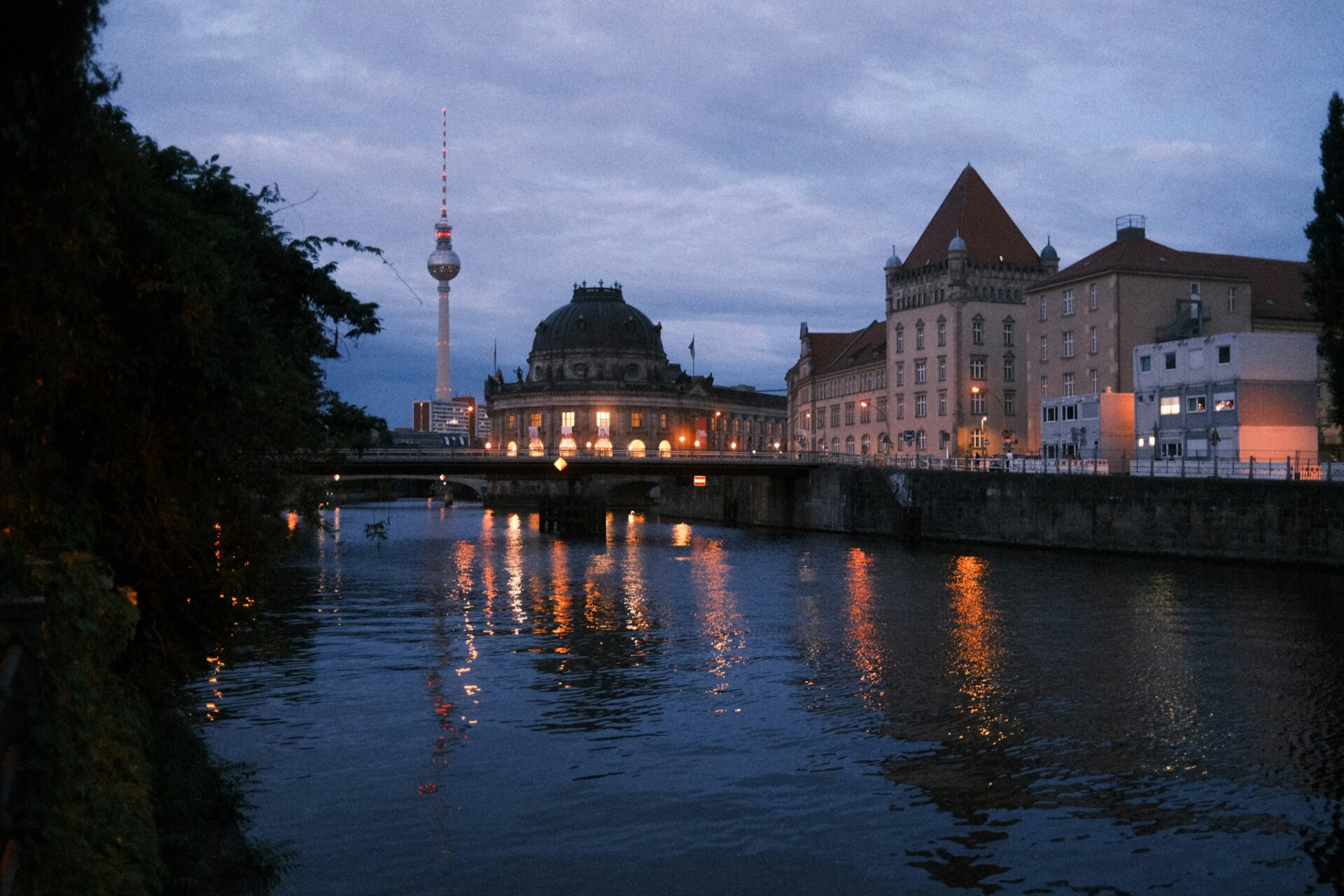
What Makes Berlin’s Museum Island a Cultural Powerhouse?
Museum Island always gets me with its layers of history and those bold, unforgettable buildings. Each museum has its own vibe, both in the collections and the architecture.
Historic Foundations and UNESCO World Heritage Status
Back in the 19th century, Berlin set out to create a hub for art and learning. The Altes Museum kicked things off in 1830.
Over the years, four more museums joined: Neues Museum, Alte Nationalgalerie, Bode Museum, and Pergamon Museum. Together, they trace human creativity across centuries and continents.
UNESCO recognized the island’s importance in 1999, giving it World Heritage status. That honor doesn’t just protect the collections—it preserves the whole site’s layout.
Getting there’s easy, too. Hackescher Markt station connects you to the S-Bahn, U-Bahn, and trams. If you grab the Berlin WelcomeCard, you’ll get discounts on entry and public transport. Not a bad deal.
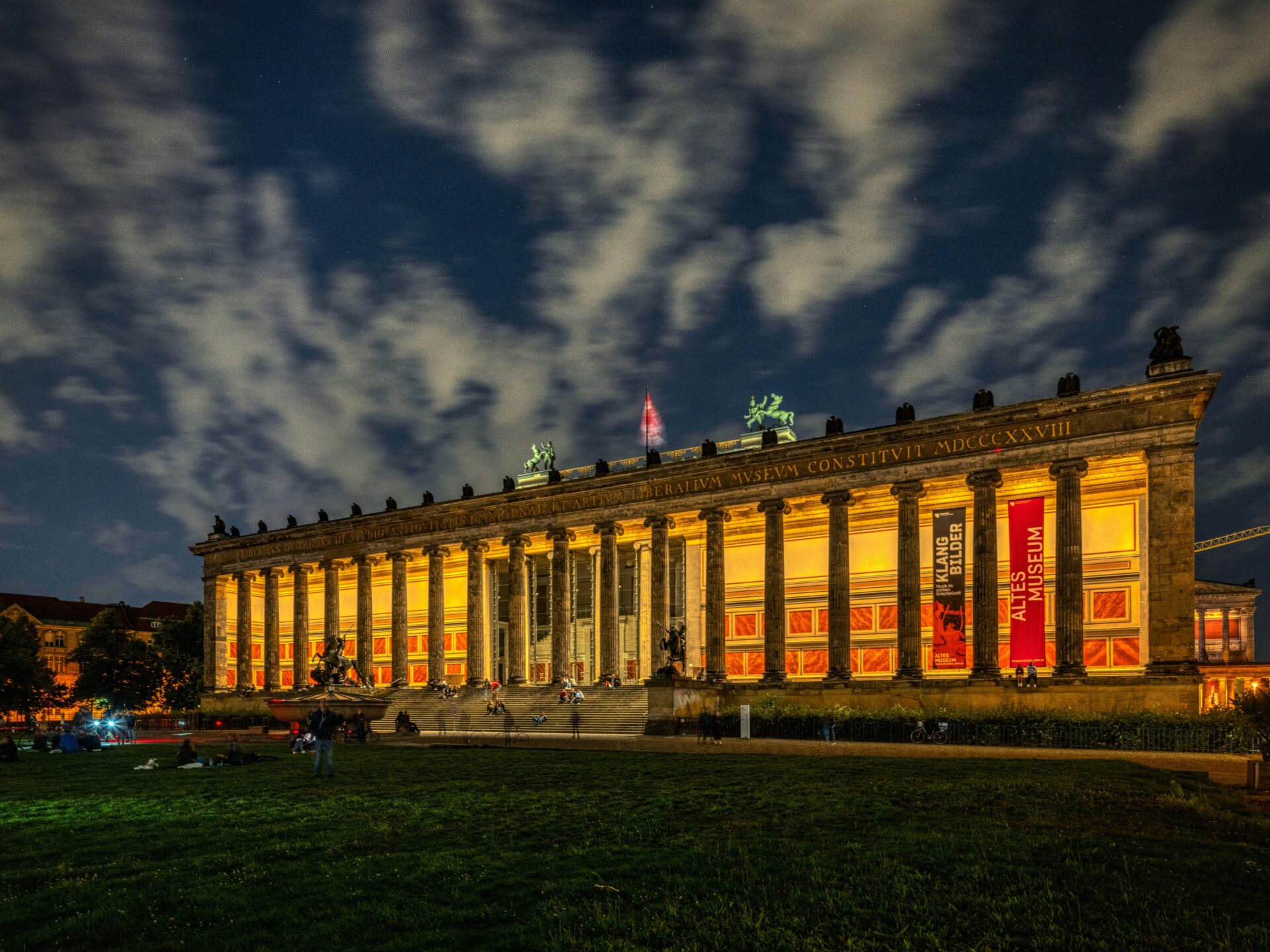
Iconic Architectural Landmarks
Each museum shows off a different style, but neoclassical architecture dominates. The Altes Museum, with its grand columns and rotunda, really sets the tone for Germany’s love affair with Greece and Rome.
The Neues Museum mixes neoclassical elements with modern restoration, especially after it took some serious hits in World War II.
The Pergamon Museum? It’s a beast—giant halls, built to fit entire temples and gates. The Bode Museum sits right on the riverbank, dome gleaming, sculpture gallery inside.
Just walking between these buildings feels like a mini-tour through Berlin’s past. Every facade and hallway has its own story to tell.

Berlin’s Masterpieces: The Top 5 Must-See Artworks
Museum Island isn’t just famous for its architecture. The ancient art and artifacts here are world-class—Egypt, Babylon, Greece, you name it.
Each piece brings a chunk of human history to life.
Bust of Queen Nefertiti at the Neues Museum
At the Neues Museum, I can’t resist the bust of Queen Nefertiti. Over 3,000 years old, yet she still looks astonishingly real. The smooth lines, the colors on her headdress—they’re so vivid.
Her long neck and sharp cheekbones make her instantly recognizable. Nefertiti wasn’t just a queen; she played a big role during a unique era in Egypt.
Thutmose, the sculptor, made this masterpiece around 1345 BC. Compared to other Egyptian artifacts, this one feels especially alive.
They keep her in a glass case with soft lighting. Photos aren’t allowed, but honestly, the image sticks with you. If you visit the Neues Museum, don’t skip this one.

The Ishtar Gate and Market Gate of Miletus at the Pergamon Museum
The Pergamon Museum is all about jaw-dropping ancient monuments, especially the Ishtar Gate and the Market Gate of Miletus.
Walking into the Ishtar Gate room, I always stop in my tracks. Those deep blue tiles, the lions and dragons—wow. King Nebuchadnezzar II had it built around 575 BC, and it once guarded the entrance to Babylon.
The lions, bulls, and dragons each represent different gods. Bright colors, mythical creatures—it’s like stepping into another world.
In a nearby hall, the Market Gate of Miletus towers above you. Built in the 2nd century AD, this marble gateway once welcomed crowds into the marketplace in ancient Turkey.
Standing beneath those arches, I find it easy to imagine life nearly two thousand years ago.
Key Features Table:
| Artifact | Museum | Date | Origin | Notable For |
|---|---|---|---|---|
| Bust of Queen Nefertiti | Neues Museum | c.1345 BC | Ancient Egypt | Lifelike portrait, detail |
| Ishtar Gate | Pergamon Museum | c.575 BC | Babylon | Blue tiles, mythical animals |
| Market Gate of Miletus | Pergamon Museum | 2nd c. AD | Miletus (Turkey) | Size, classical architecture |
These masterpieces give you a direct line to ancient civilizations. For history and art lovers, Museum Island is a dream.
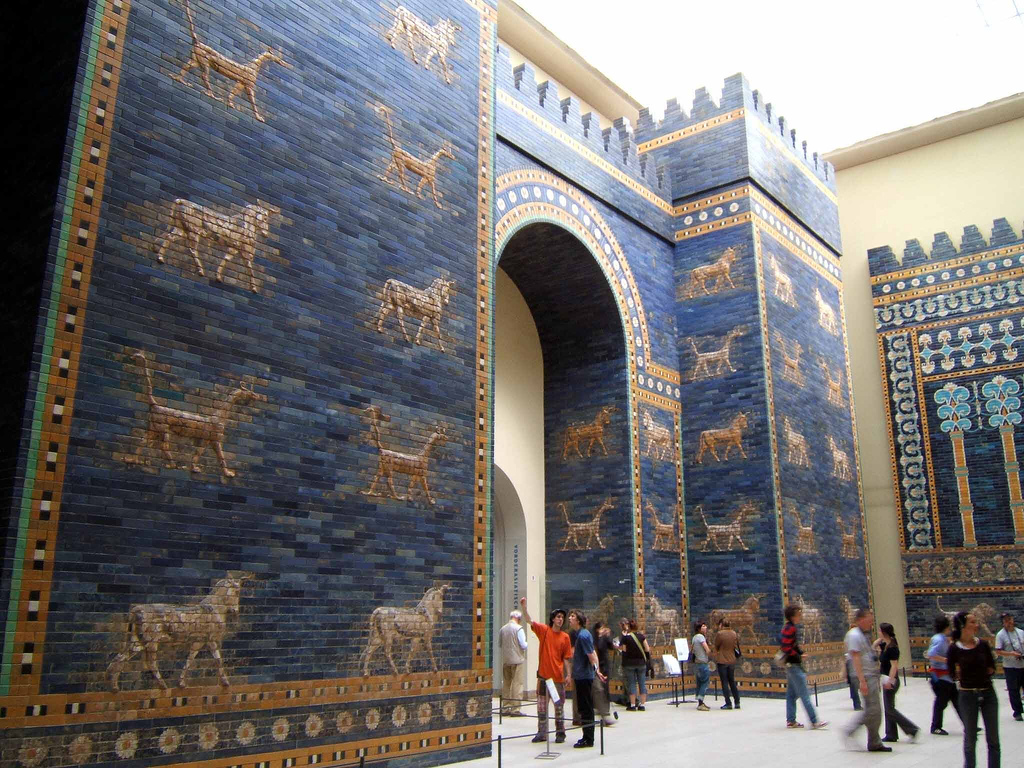
Beyond Ancient Wonders: More Artistic Gems on Museum Island
There’s so much more to Museum Island than its ancient showstoppers. As I wandered through its halls, I stumbled on treasures from all sorts of eras—massive ancient architecture, glowing 19th-century paintings, and art from Roman, Byzantine, and Islamic worlds.
The Pergamon Altar
The Pergamon Altar blew me away. Built in the 2nd century BCE, this huge altar originally stood in Pergamon, in what’s now Turkey.
Inside the Pergamon Museum, you can walk up the marble steps and get right up close to the frieze.
The frieze wraps around the altar, showing gods and giants locked in battle. Even after all these centuries, the details are still sharp.
I found myself staring at the carved muscles and faces, each one packed with emotion.
Beyond the altar, the museum displays Roman sculptures, Byzantine mosaics, and Islamic art—tiles, calligraphy, the works. You get a sense of how art and religion connected cultures across time.
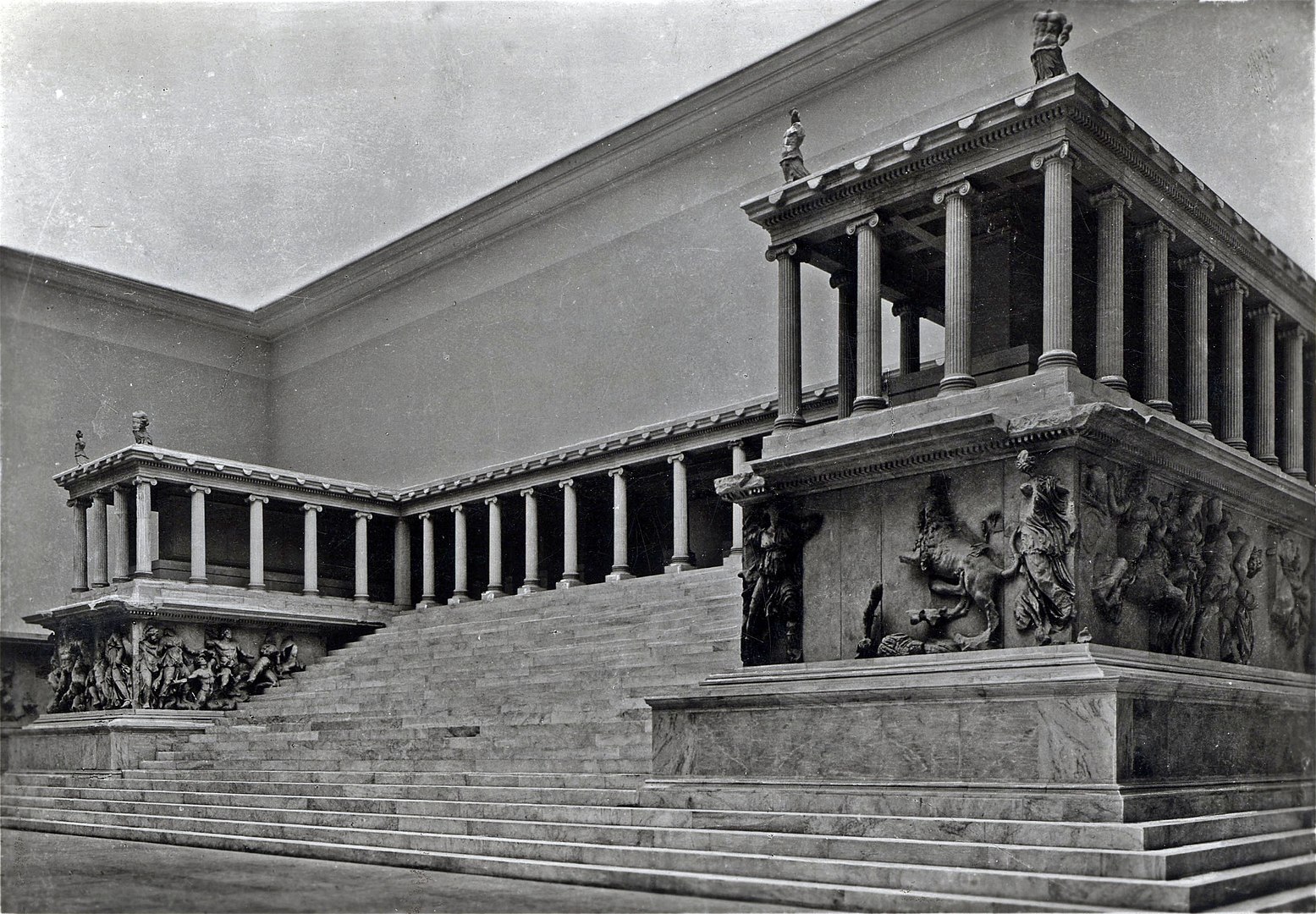
19th-Century Paintings at the Alte Nationalgalerie
The Alte Nationalgalerie is a treat if you love 19th-century art. German artists like Caspar David Friedrich fill the rooms with moody landscapes.
Friedrich’s “The Monk by the Sea” always gets me—one tiny figure, a huge calm ocean, and a mysterious vibe.
You’ll also see French impressionists like Monet. His “The Houses of Parliament” glows with color and light.
Sculptures from the same era add context, showing how European art was shifting in bold new directions.
It’s fascinating to see artists moving from strict classical themes to more personal, imaginative subjects. The 19th century was definitely a time of big ideas.

Experience More: Hidden Highlights & Nearby Art Destinations
Museum Island hides plenty of surprises. There are quiet corners, lesser-known collections, and some fantastic museums just a short walk away.
Bode Museum’s Byzantine and Sculptural Treasures
If you want something a bit off the beaten path, the Bode Museum is a gem. Its Byzantine art collection overflows with mosaics, icons, and tiny carvings.
These pieces offer a glimpse into early European art and religious changes.
Their sculpture collection is one of Berlin’s best. You’ll spot works from the Middle Ages through the 18th century, with names like Donatello and Tilman Riemenschneider.
Some statues are larger than life, others small and intimate.
I love the domed hall—marble and bronze sculptures spread out, lots of space, and a peaceful vibe. The museum also has rare coins and medals, which offer a different side of art history.
If you’re into ancient art and craftsmanship, don’t skip this one.
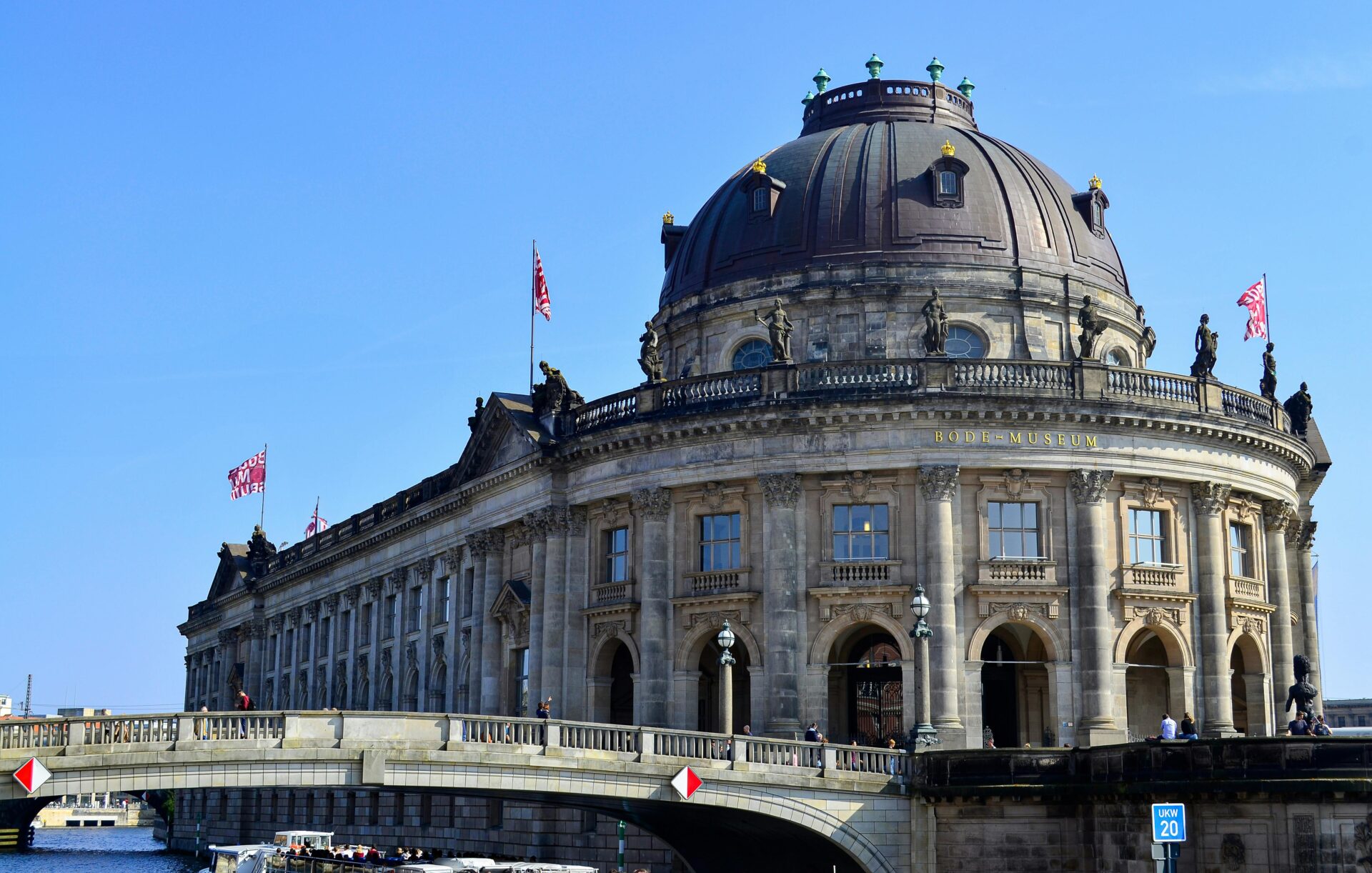
Other Notable Berlin Art Spaces
Once I finish on Museum Island, I usually head to Berlin’s modern and contemporary art spots. The Hamburger Bahnhof is a must for fans of big, bold contemporary art—think Andy Warhol, Joseph Beuys, and huge installations.
The industrial setting adds to the experience.
The Berlinische Galerie focuses on Berlin-based artists and new trends. Exhibits range from painting and photography to video and installations. It’s perfect if you’re into what’s happening right now in the art world.
For something more unusual, I book a tour at the Sammlung Boros—a private collection in a World War II bunker. You can only visit with a guide, but the mix of avant-garde art and the dramatic setting is unforgettable.
All these places help make Berlin one of Europe’s best cities for art lovers, even after you’ve left Museum Island behind.

Tips for an Inspiring Museum Island Visit
I want every trip to Museum Island to be easy and inspiring. With a little planning, you can turn a museum visit into a full day of discovery.
Planning Your Route and Tickets
Museum Island has five main museums, each with its own star attractions. I always check opening times—some museums close on Mondays.
If I’m aiming for more than one museum, I go for the 1-day Museum Island Pass. It saves money and time.
Booking tickets online is a lifesaver. Lines can get long, especially at the Pergamon and Neues Museum.
Kids and teens under 18 get in free, which is great for families. I carry a small bag, since big backpacks have to be checked.
To dodge the crowds, I show up early or go late in the afternoon. Here’s my quick checklist:
- Bring photo ID
- Check for special exhibits
- Map out which masterpieces I want to see
- Find the restrooms and cafes inside
That’s it—enjoy the adventure!

Connecting History: Sights Near Museum Island
Museum Island sits right in the heart of Berlin, surrounded by so many must-see landmarks. Every time I visit, I wander over to the Berlin Cathedral. That dome? It’s worth the climb for the sweeping city views alone.
Just across the river, the Berlin TV Tower (Fernsehturm) stands tall, offering a totally different angle on the city’s skyline. I never get tired of seeing Berlin from up there—it’s a little dizzying, honestly, but in the best way.
Wandering through the city center, I always find myself drawn to the Brandenburg Gate. The Reichstag Building isn’t far either, and both places make German history feel so vivid and real.
Not far away, the East Side Gallery stretches along the remnants of the Berlin Wall. The murals and street art here tell their own stories, and I’ve lost track of how long I’ve spent just wandering and taking it all in.
The Berlin Wall Memorial and the Topography of Terror hit a bit harder, but I think they’re important stops. They remind you of the city’s complicated past in a way that sticks with you.
If you’re craving something different, try heading out to Charlottenburg Palace or even hiking up Teufelsberg. Both spots show off Berlin’s diversity and unexpected sides.
Getting around is a breeze—public transport or just walking will get you to all these places. Berlin really makes exploring history feel easy and exciting.

